Observe the picture and answer the following questions.
a. Name the figures (A) and (B)
State the differences of B and A?

1. Fig. (A) is Direct Current (DC) and Fig. (B) is Alternating current (AC).
2. The difference between (A) Direct current and (B) Alterating current are:

Topper's Solved these Questions
- EFFECTS OF ELECTRIC CURRENT BOOK - UNIQUE PUBLICATIONCHAPTER - EFFECTS OF ELECTRIC CURRENT EXERCISE - NUMERICALS
10 Videos
- EFFECTS OF ELECTRIC CURRENT BOOK - UNIQUE PUBLICATIONCHAPTER - EFFECTS OF ELECTRIC CURRENT EXERCISE - INTEXT ACTIVITES
9 Videos
- DISASTER MANAGEMENT BOOK - UNIQUE PUBLICATIONCHAPTER - DISASTER MANAGEMENT EXERCISE - ACTIVITY QUESTIONS
15 Videos
- ENVIRONMENTAL MANAGEMENTBOOK - UNIQUE PUBLICATIONCHAPTER - ENVIRONMENTAL MANAGEMENTEXERCISE - Activity Questions
12 Videos
Similar Questions
Observe the picture and answer the following questions.
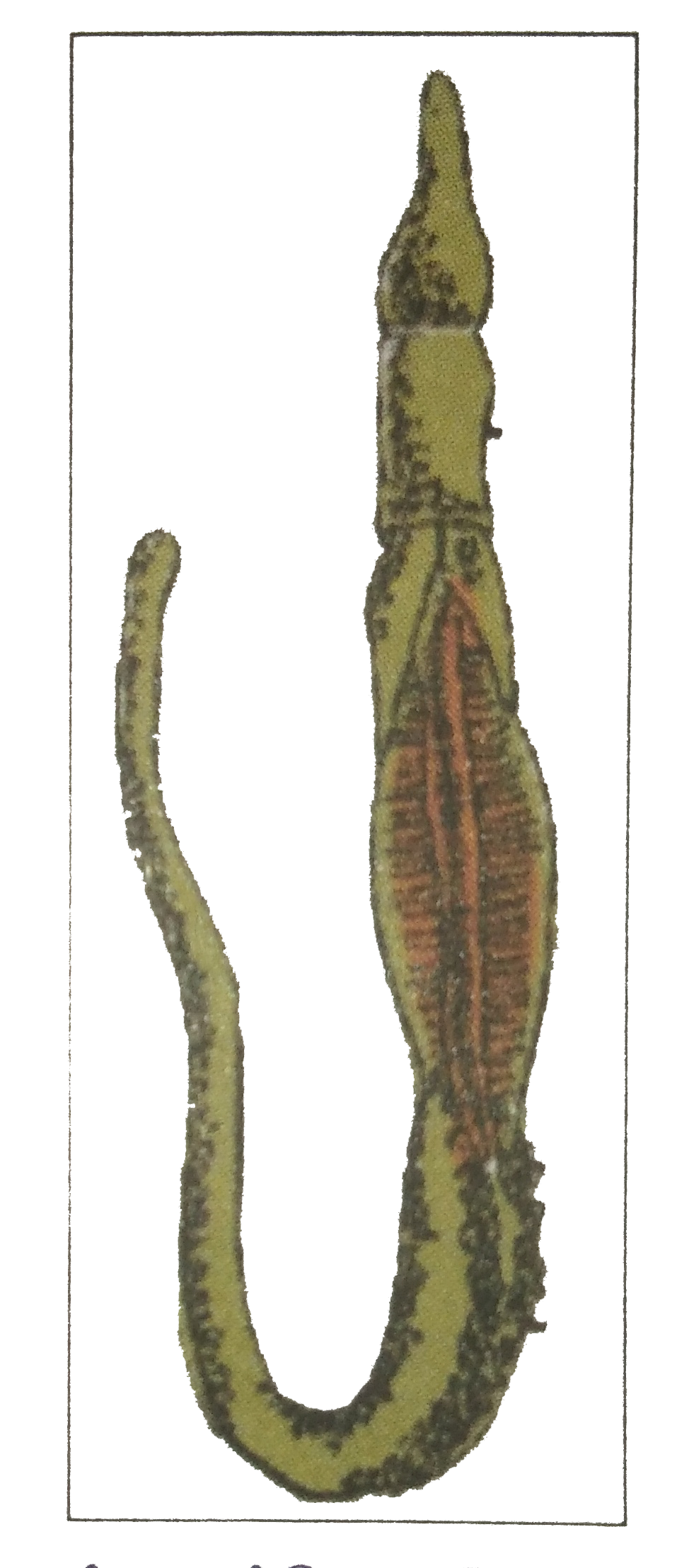
Redraw the given diagram and label.
View SolutionObserve the picture and answer the following questions:
Name the excretory organ of this organism.
View SolutionObserve the figure and answer the questions given below .
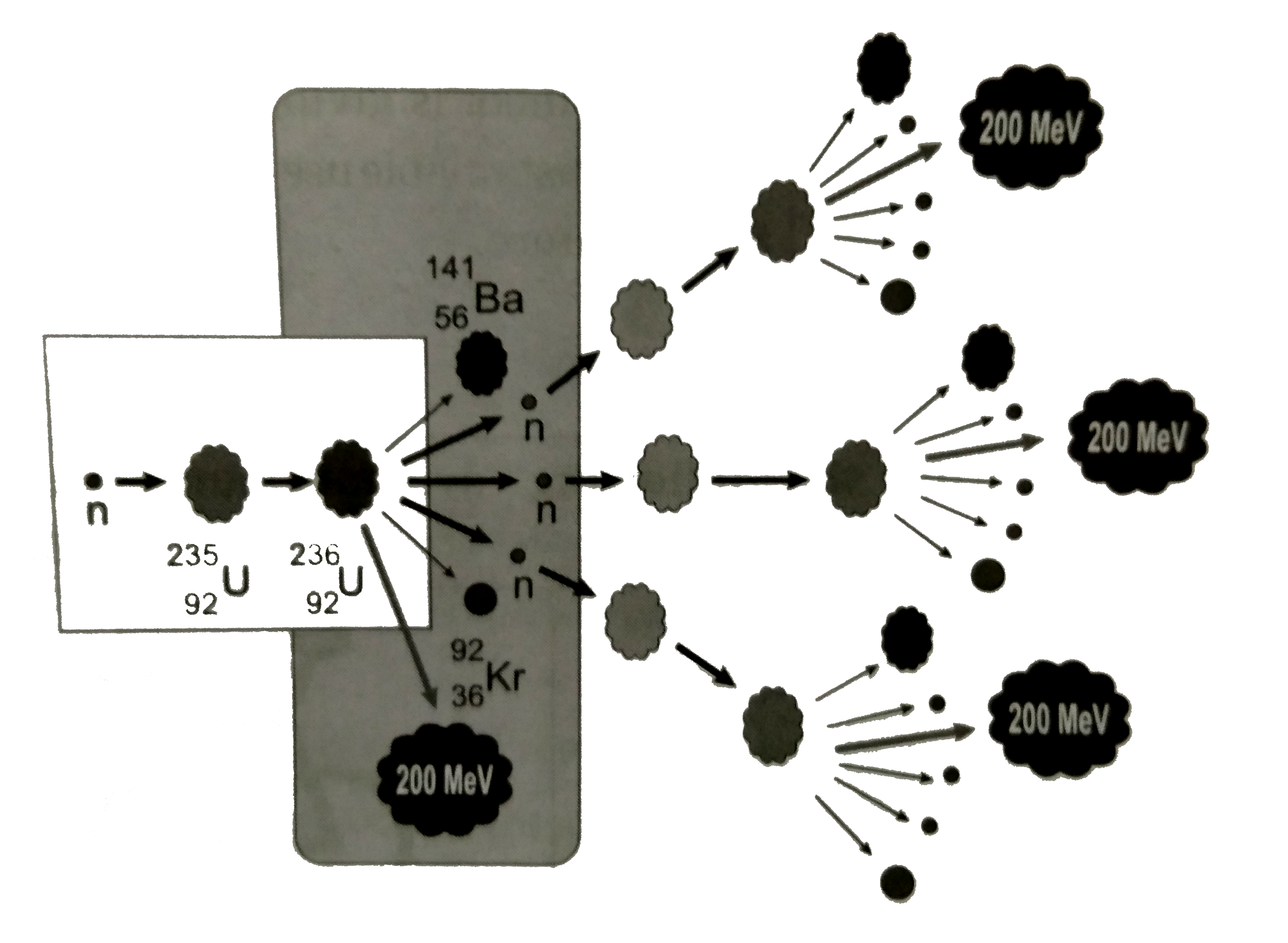
(a) Name the reaction
View SolutionObserve the figure and answer the questions given below.
Name the reaction.
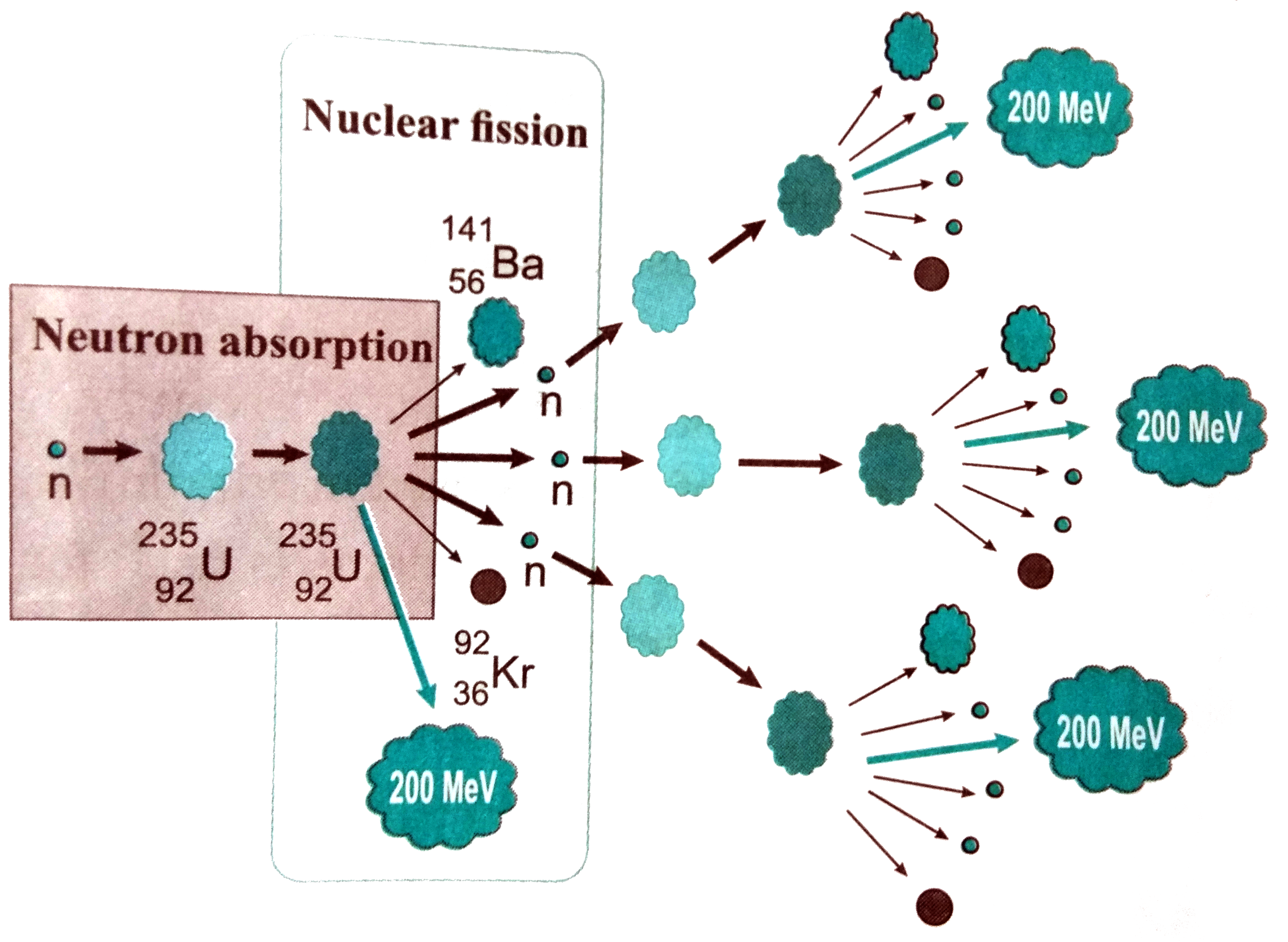
View SolutionObserve the picture and answer the following questions:
Identify the organism shown in the picture.
View SolutionObserve the picture and answer the following questions:
What is the unique feature of this organism?
View SolutionObserve the picture and answer the following questions.
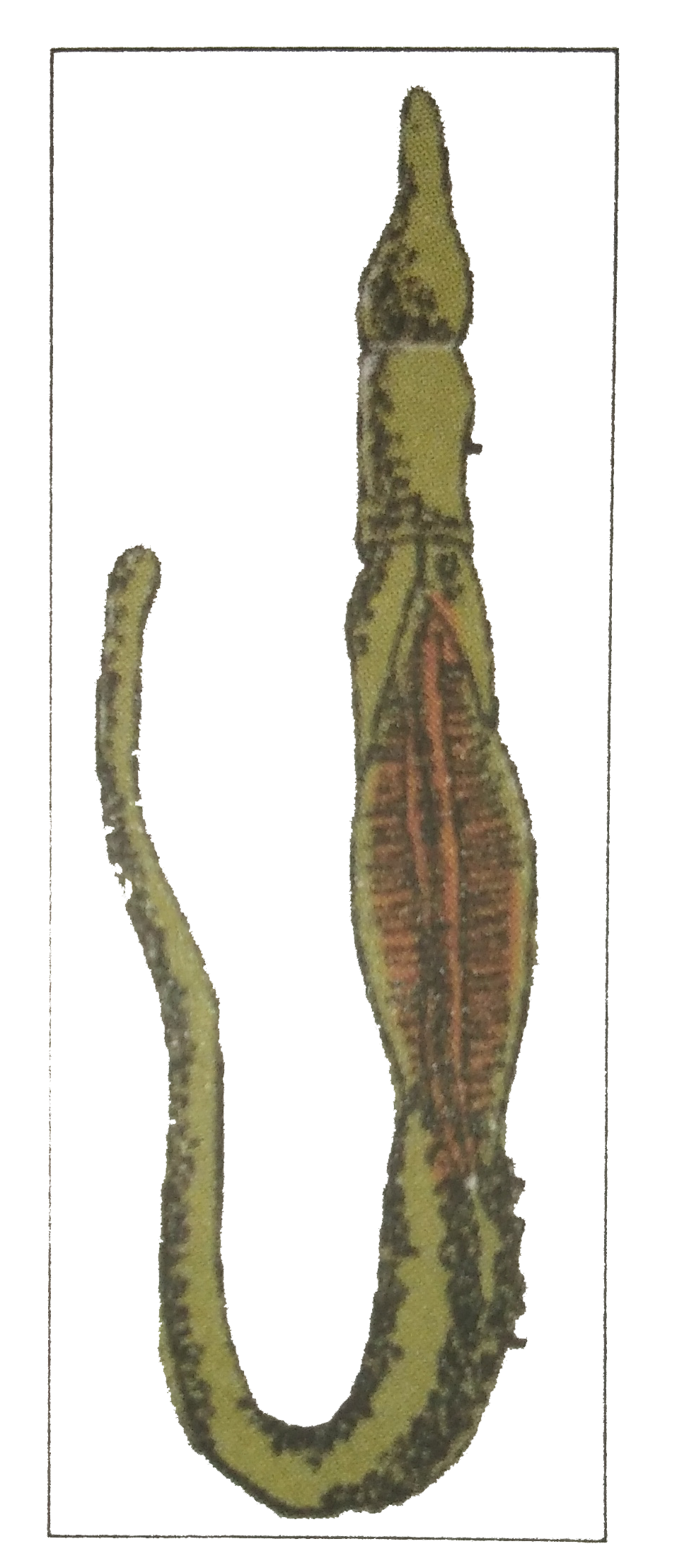
give scientific classification of the given animals.
View SolutionObserve the picture and answer the following questions:
Name the phylum to which the organism shown alongside belongs.
View Solution
Observe the above figure and answer the following questions-
(a) Name the plant in which the above was made and by whom?
(b) What phenomenon does this cross shows.
View SolutionObserve the figure and answer the following questions:
(i) Name parts a and b.
(ii) Are these types of stomata observed in monocot or in dicot plants?
(iii) Which parts shown in figure constitute the stomatal apparatus?
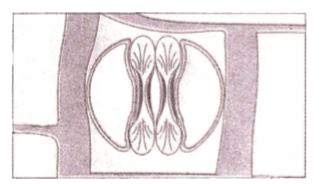
View Solution
